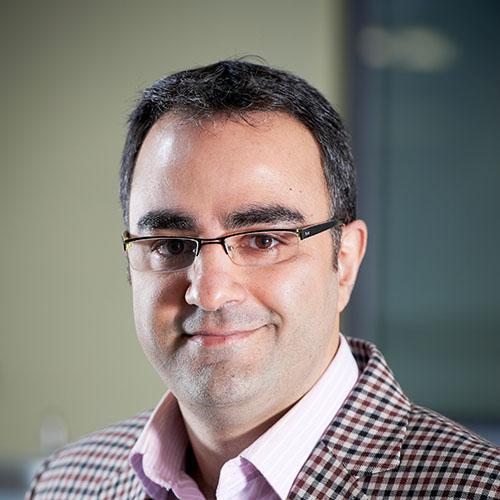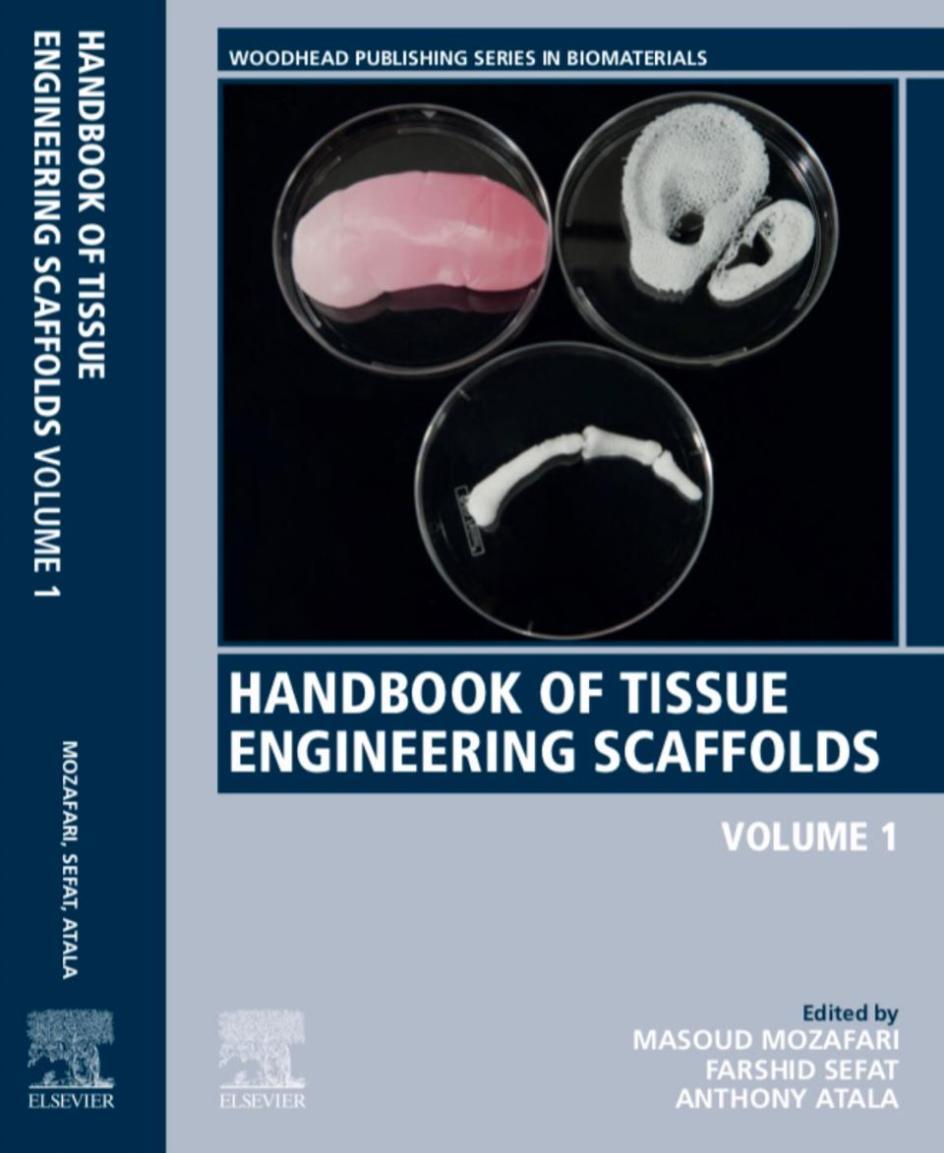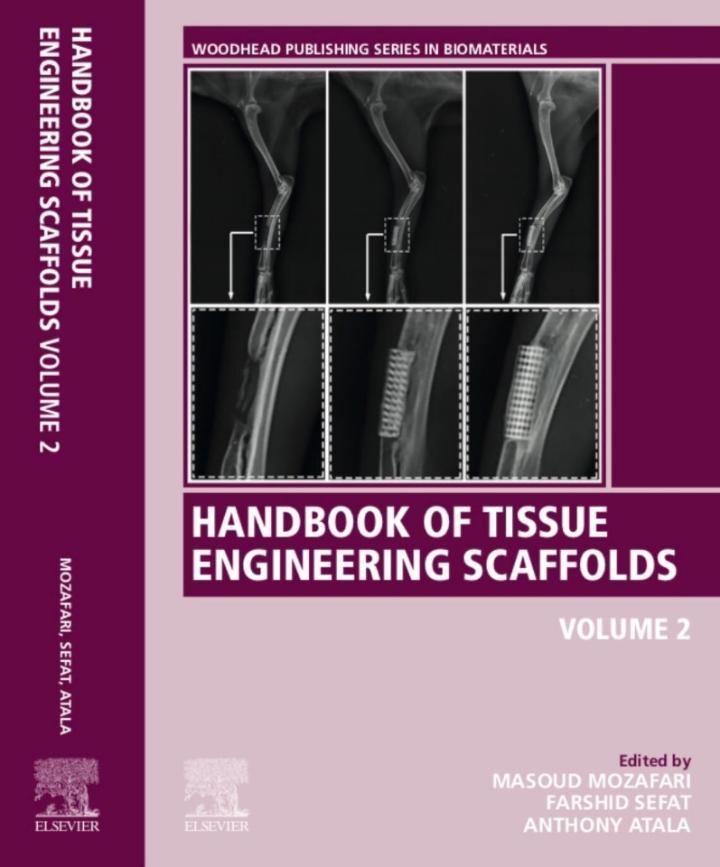A world’s first in the use of biomaterials for tissue regeneration



This in-depth analysis has led to the recent publication of a uniquely comprehensive two volume book: ‘The Handbook of Tissue Engineering Scaffolds’ part one and part two. With 66 chapters, this book currently represents the largest published collection of tissue engineering scaffold research in the world.
Farshid and colleagues at the University of Toronto and the Wake Forest Institute identified a gap in the field of regenerative medicine. They wanted to provide a resource for researchers, scientists and students across the globe to use the book to enhance the treatment of diseased and abnormal tissue in all body structures including respiratory, digestive, reproductive, and musculoskeletal.
Farshid, was previously head of the Biomedical Engineering Department at King Faisal University (Saudi Arabia), and is a Visiting Professor at Stevens Institute of Technology (New Jersey, USA) alongside his position at Bradford. His research focusses on developing biomaterials to control cellular behaviour with an emphasis on developing engineered materials for various tissue engineering applications. He is an author on over 100 peer-reviewed journal articles, editorials, review papers and book chapters.
The authors are very thankful for the great help and support received from top researchers and scientists around the world for their specialised perspectives in human anatomy, and from the many academics and students inside and outside the University of Bradford who have contributed widely to the book’s chapters, making it all possible.
